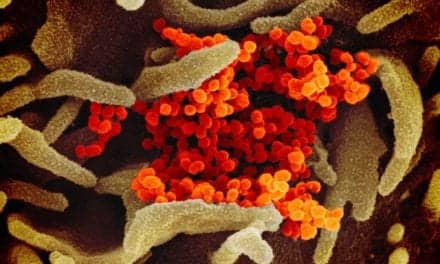
For the study, researchers reviewed data from 55,507 adult ICU patients in hospitals in 14 developing countries that were following the International Nosocomial Infection Control Consortium (INICC) VAP measures, which include a bundle of infection-control interventions (such as hand hygiene protocol, minimizing duration of ventilation, and antiseptic oral care, combined with performance feedback), education, outcome surveillance, process surveillance, feedback of VAP rates, and performance feedback.
The authors found that between baseline and the end of the intervention period, the rate of VAP significantly decreased from 22.0 infections per 1,000 mechanoventilated days to 17.2 infections. Adjusted analyses showed that between the start and end of the second phase, the VAP rate decreased by 55.8%.
During the same period, the average length of stay significantly decreased to 6.4 days compared with 6.9 days in the baseline period and the use of antibiotics declined in 59.1% of patients in the intervention period (compared with 63.8% in the baseline period). The authors believe both observations are likely due to the reduction in VAP rates.









